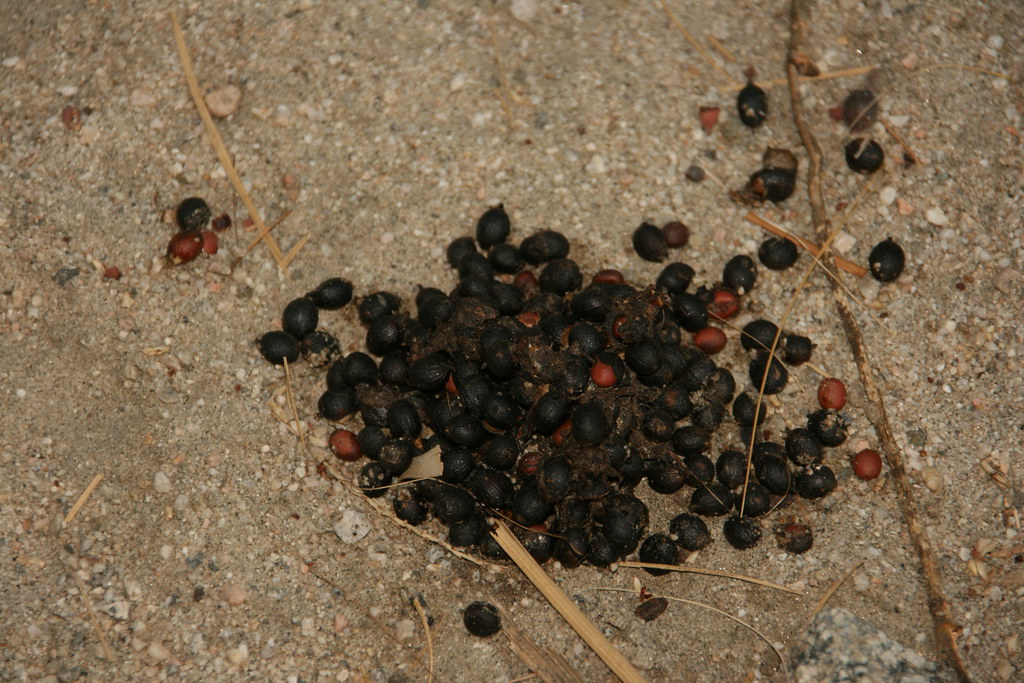
Downtown coyotes eat far more leftover human and pet food than their cousins in Thousand Oaks.

It’s going to take time to digest all the data, but they have noticed a few trends so far. “There’s no way we could have done all this work without them," Brown says of the volunteers. They do research as well, sifting through seed samples, peering through microscopes for a closer look at what’s on the menu. Number one, he met some new and interesting people and number two, he loves the science of it all. He's enjoyed this project for a few reasons. “You’ve got all these different bones and claws and teeth,” says Roselli.

Looking over a new specimen, he's excited by what he finds. He's a dedicated citizen scientist who has been with the project from the very beginning. So who would volunteer to spend their Saturdays like this? Tony Roselli, for one. Some even eat breakfast, right next to a pile of…well, you get the idea. What’s left is so clean, people can pick through it with their bare hands. “We would take them and bake them, throw them through a wash machine and run them through a dryer," Brown explains, "so that they’re basically not really scat anymore.” Volunteers collect the scats and bring them to the National Park Service. The goal of the study is to get a clear picture of what coyotes are eating in different urban environments in order to better understand and manage the population. “We’ve dissected over 3,000 scats at this point," says ecologist Justin Brown. Which the National Park Service has been studying for two years. "And I was like, 'wow, that sounds really cool.'” “And I asked what was going on and they said they were dissecting coyote scat," he remembers. Study brought different people together in name of science.Goal was to understand what coyotes eat in urban environments.

Volunteers worked on study to dissect coyote scat.One day, he noticed a roomful of people, working intently. Nathan Green is a history teacher who often volunteers at the Audubon Center at Debs Park.


 0 kommentar(er)
0 kommentar(er)
